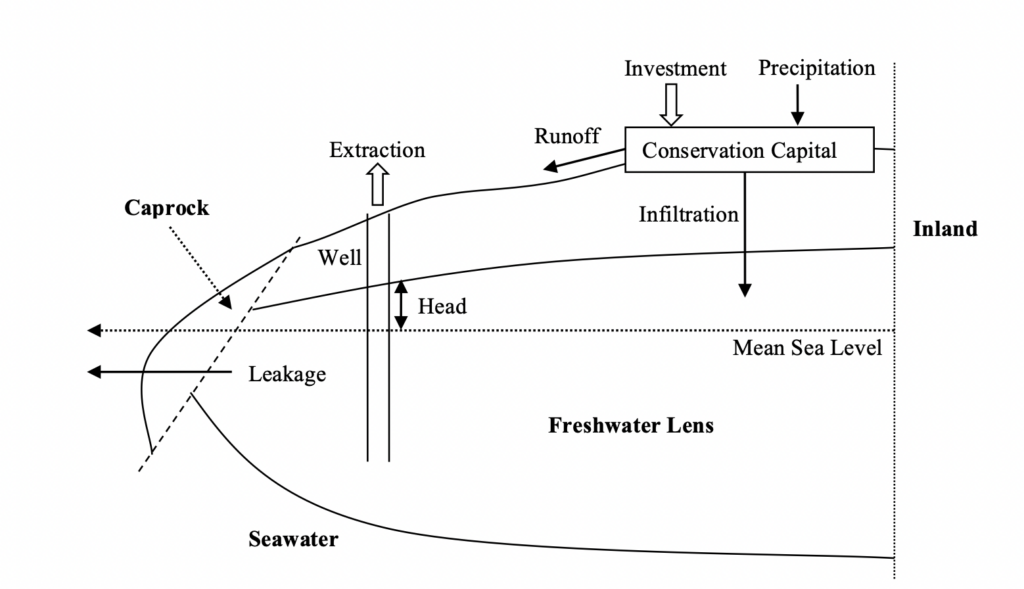A theory of payment for ecosystem services (PES) pricing consistent with dynamic efficiency and sustainable income requires optimized shadow prices. Since ecosystem services are generally interdependent, this requires joint optimization across multiple resource stocks. We develop such a theory in the context of watershed conservation and groundwater extraction.




